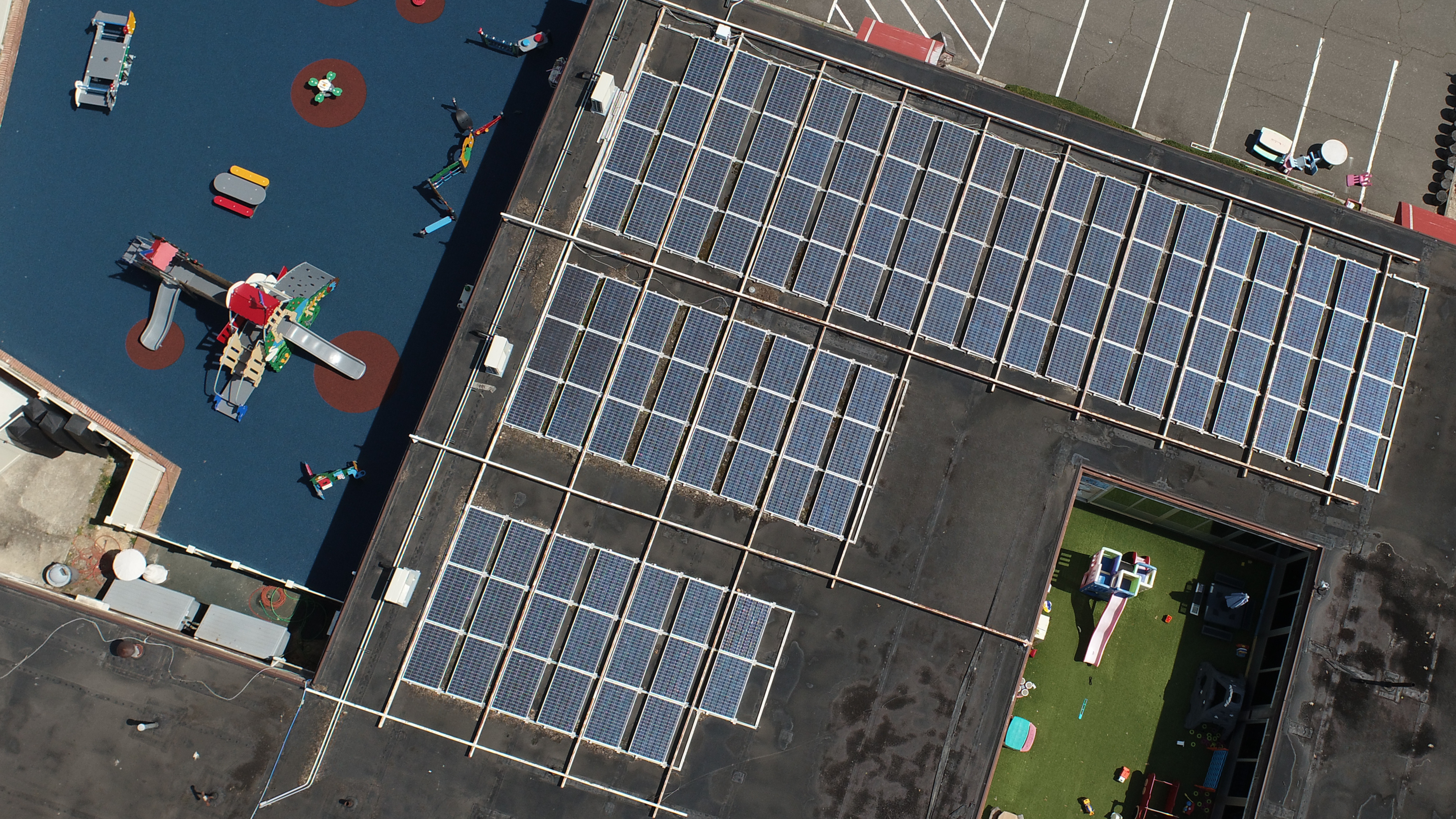INSTALLATION
7 Easy Steps to Solar Success
SUBMIT 'GET SAVINGS ESTIMATE' FORM
Submit a photo of your recent electricity bill for our solar experts to review. By looking at your current usage, and any future plans for an electric vehicle, a new hot tub, or a backup battery, we design and plan your new custom solar system.
HOME ASSESSMENT
Our team of technicians will coordinate an assessment of your property. In many cases, we can quickly, safely, and thoroughly conduct assessments by drone, collecting accurate measurements and information about the surrounding areas. In some cases, our team will need to conduct an in-person evaluation of your roof structure and work with you to plan the location of your new backup batteries.
PERMIT ACQUISITION
We have a dedicated permitting department who works directly with your town’s local building department to obtain the necessary construction permits for your project. We submit the engineering plans and manage all the paperwork for you!
SCHEDULING YOUR PROJECT
After the permit is approved, we are ready to schedule a date for your installation! Our project management team works with you to select a day to begin installing on your property. They’ll remain in close communication the entire time in case extreme weather conditions cause safety concerns and unforeseen changes.
EQUIPMENT INSTALLATION
Your dedicated Site Foreman will lead the team of solar installers who will first install the racking system to the roof or ground, then attach and connect the solar panels to your external meter and interior electrical panel. Next they will mount backup batteries and electric vehicle chargers. And last but not least, give you a formal introduction to your new solar energy system.
INSPECTION
After your equipment is in place, we will schedule a final inspection of the property by your local jurisdiction to close out your building permit. Depending on your region, your local utility provider may require an additional inspection to finalize integration of your solar energy system with the local power grid.
ACTIVATE + MONITOR
Your system is up and running, producing solar energy and storing it in your backup batteries for an emergency. You are connected to the net metering system so that you build up energy credits when your system over produces energy and utilizes the credits during periods of bad weather or nightfall. You are monitoring everything on your mobile app and are in control of your own energy!



